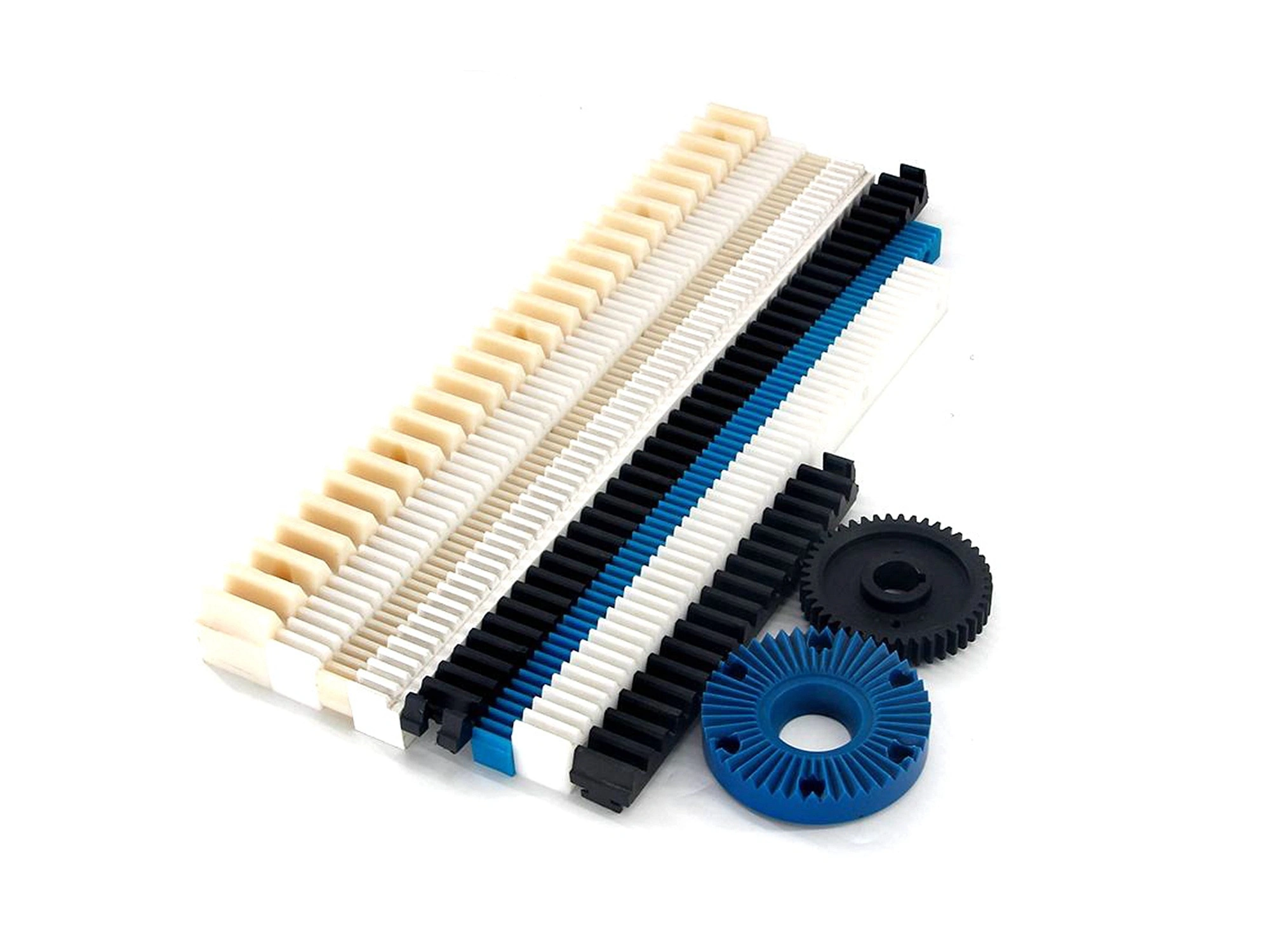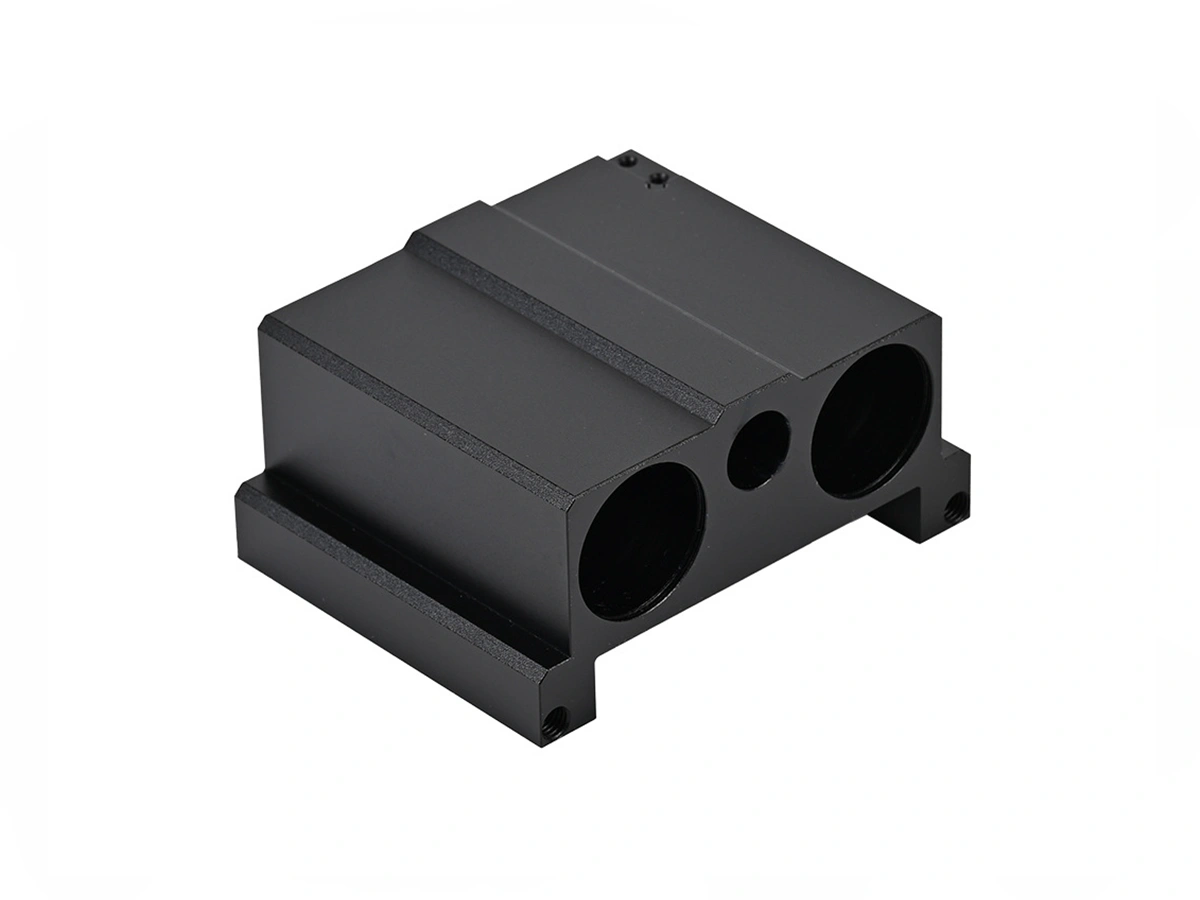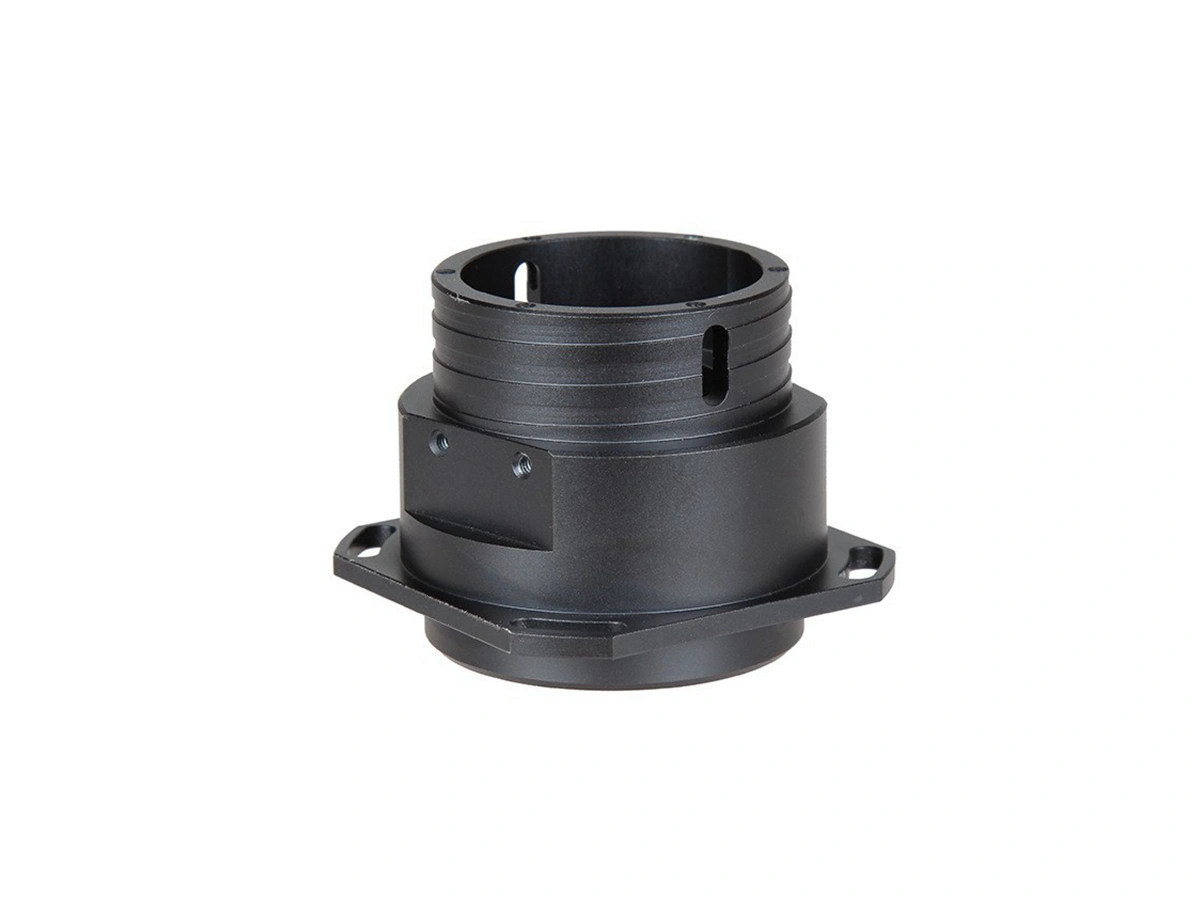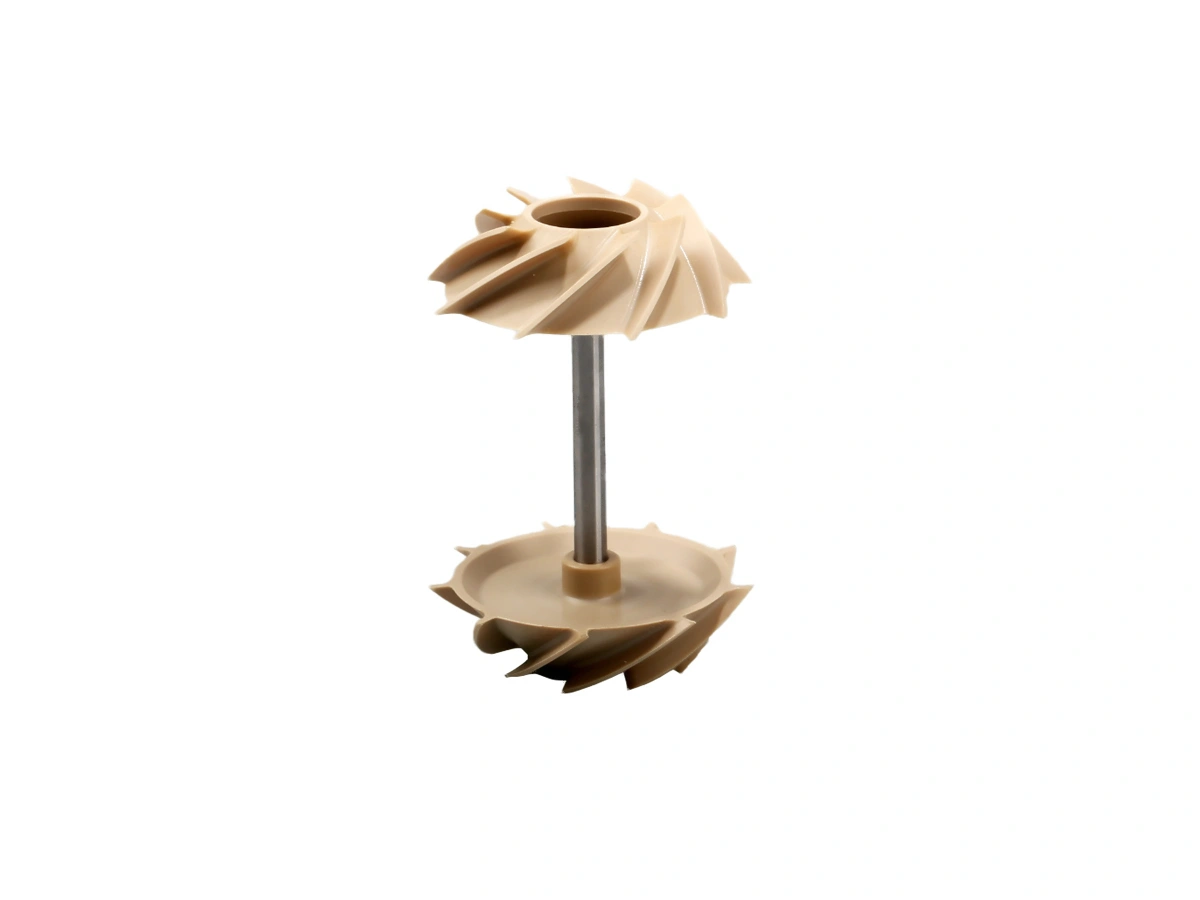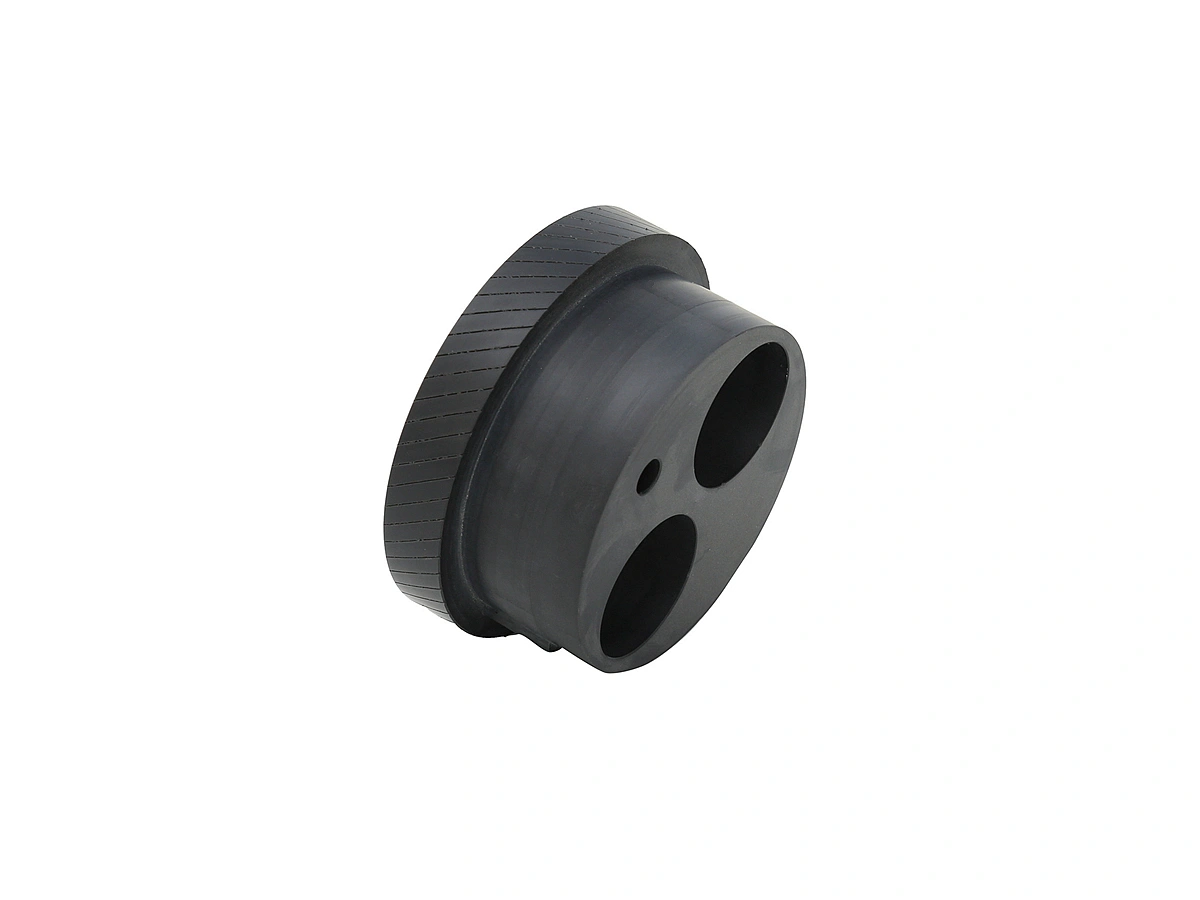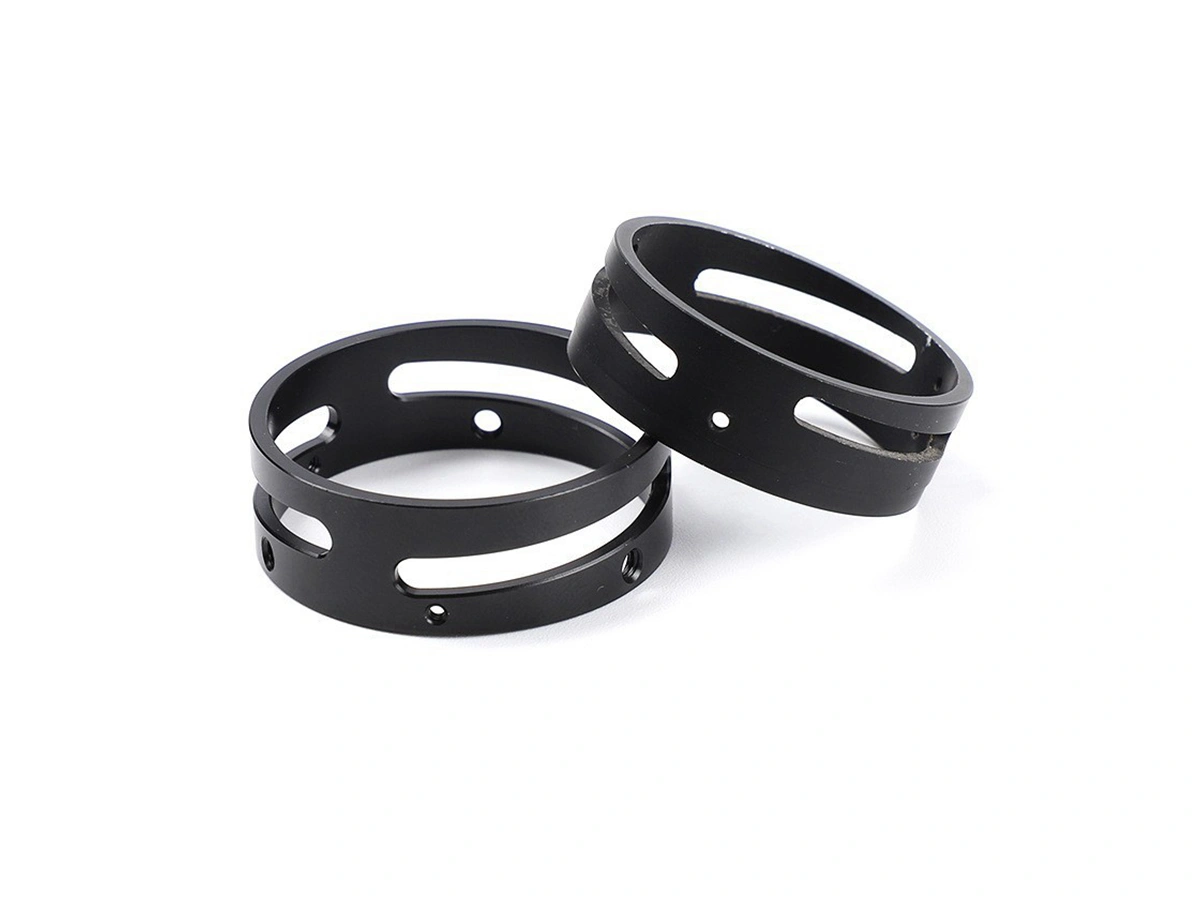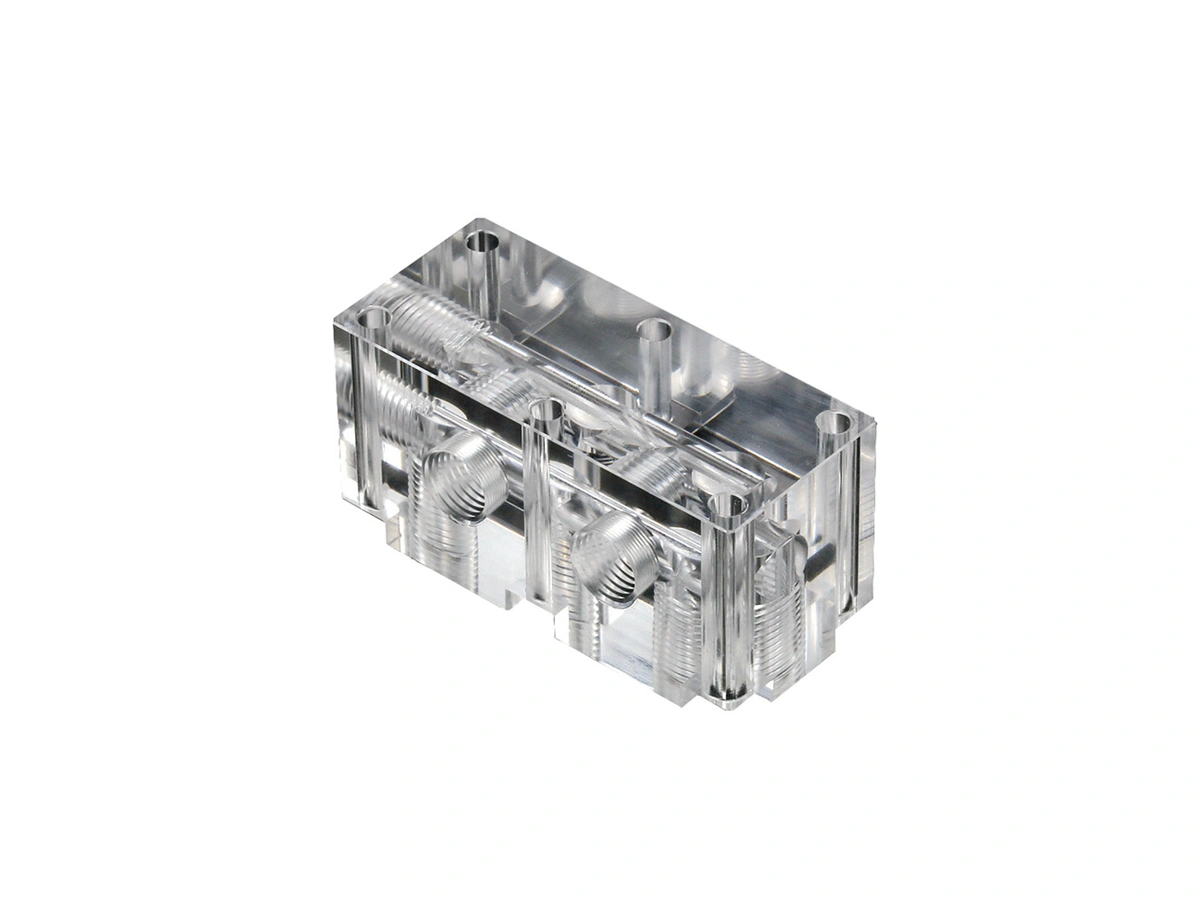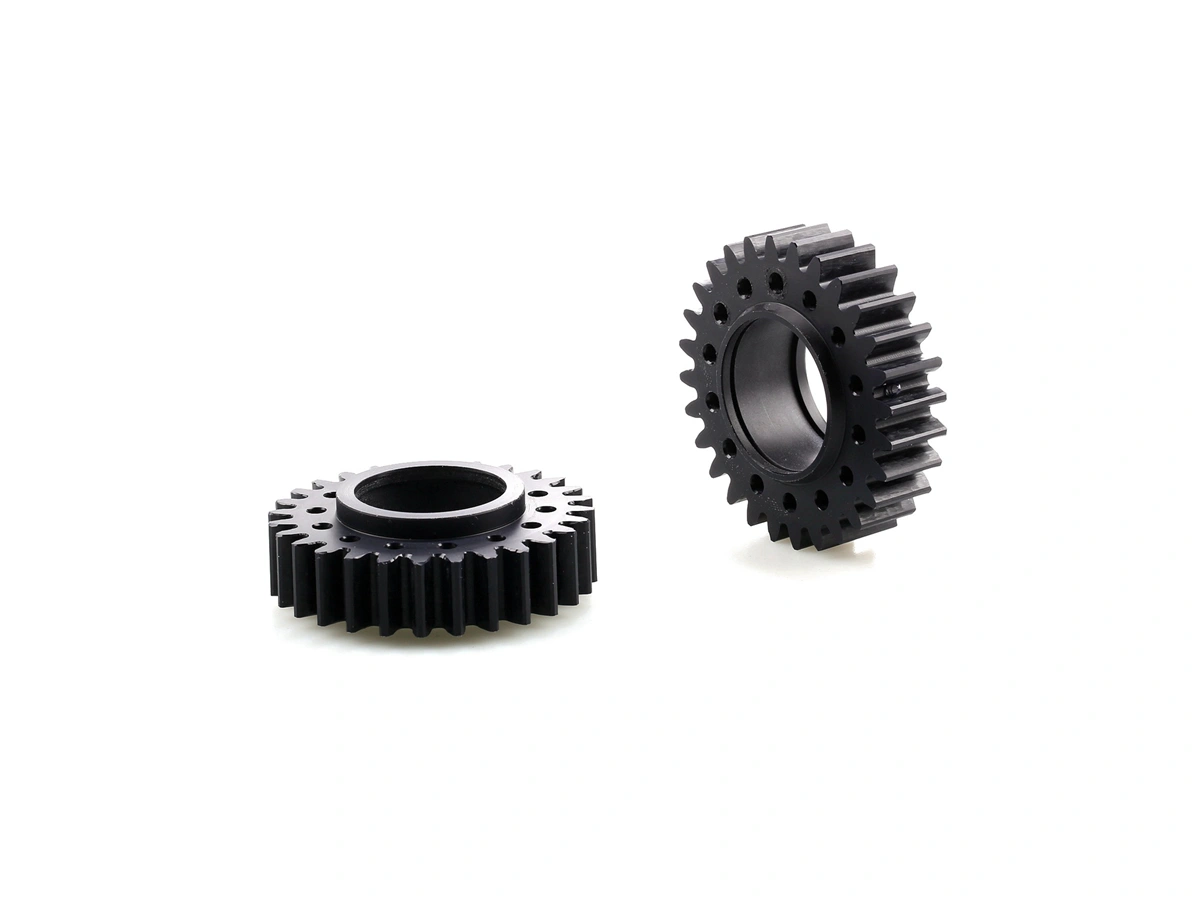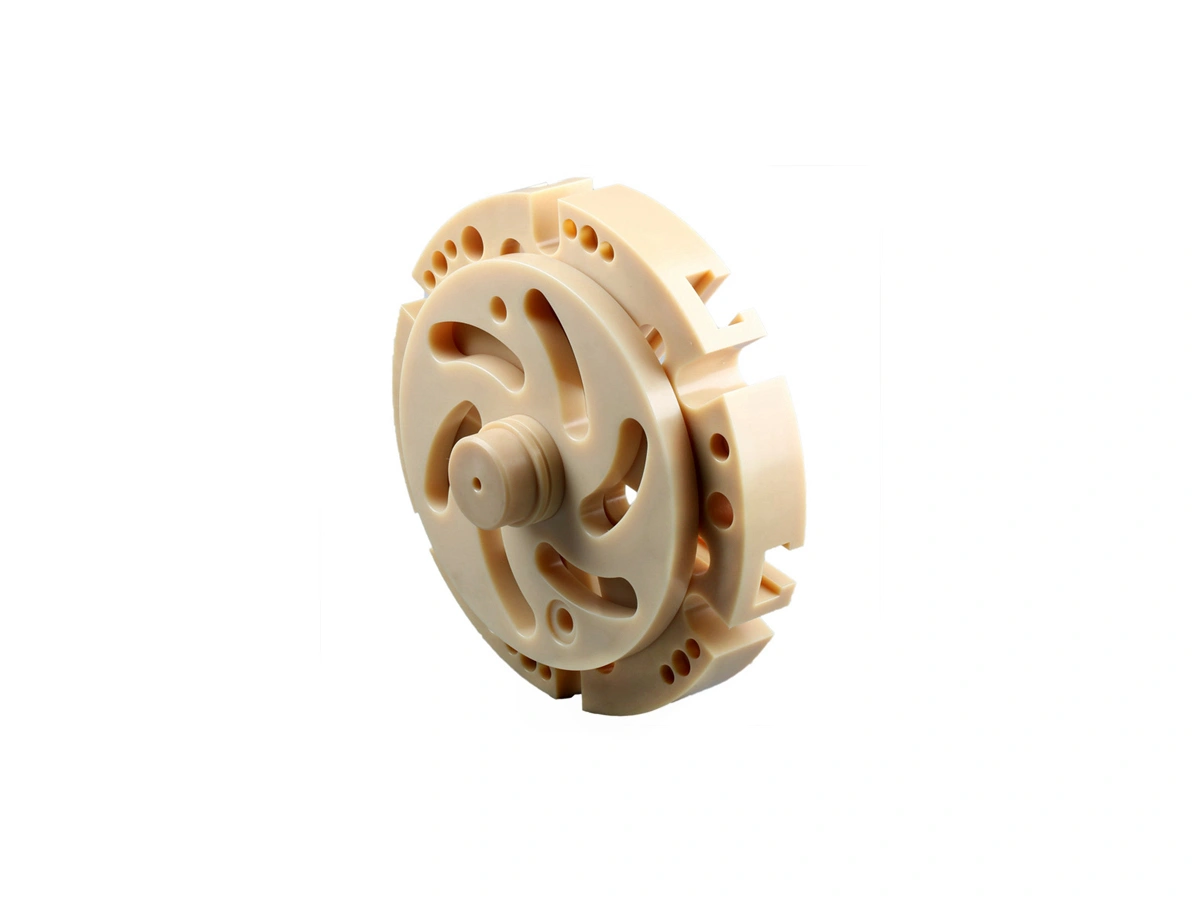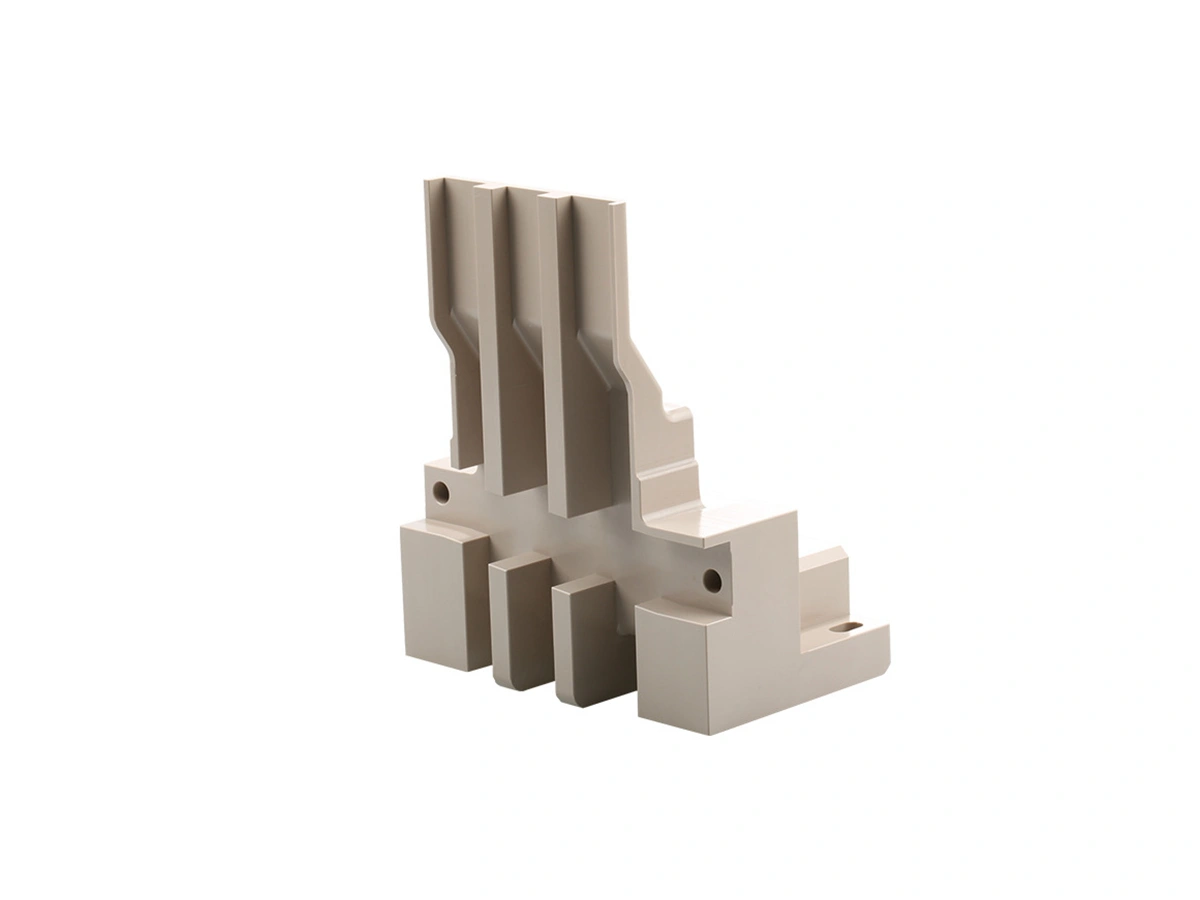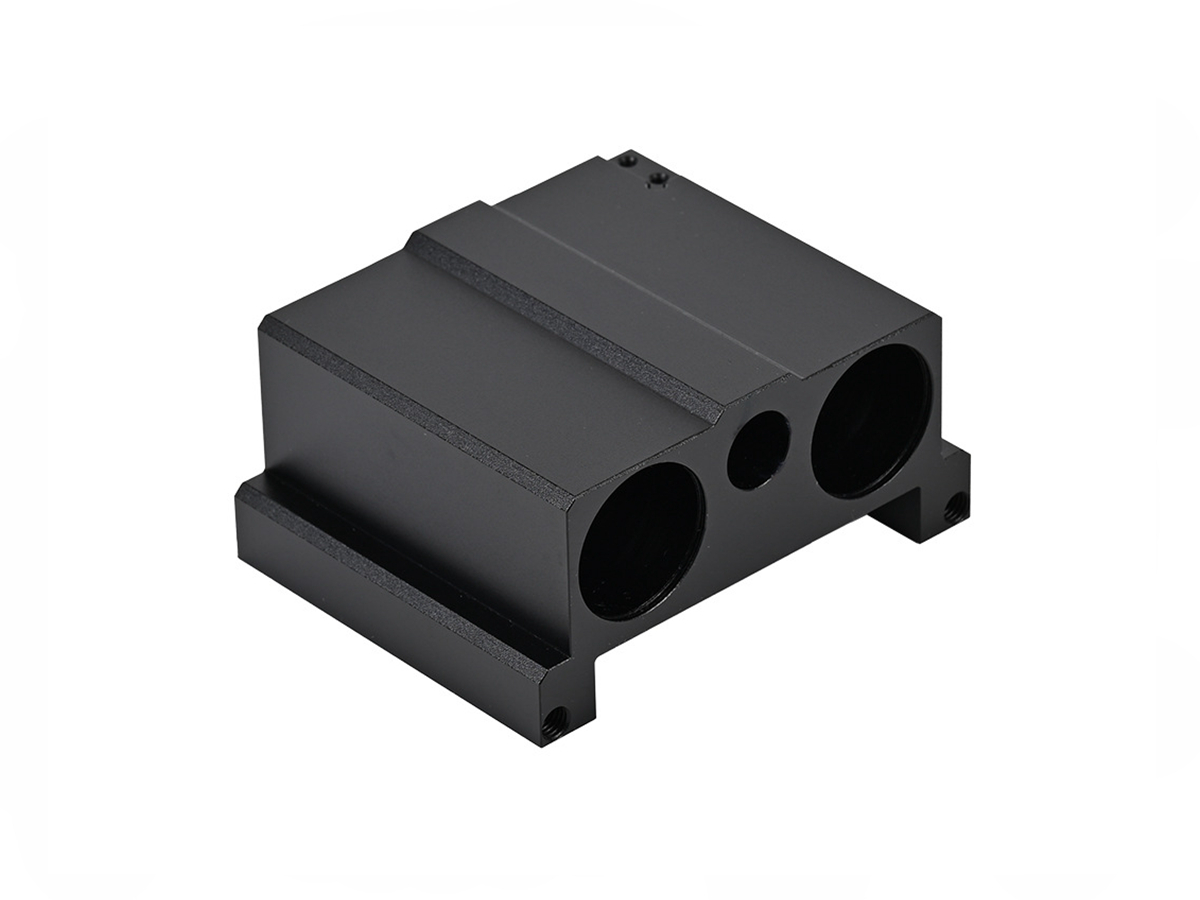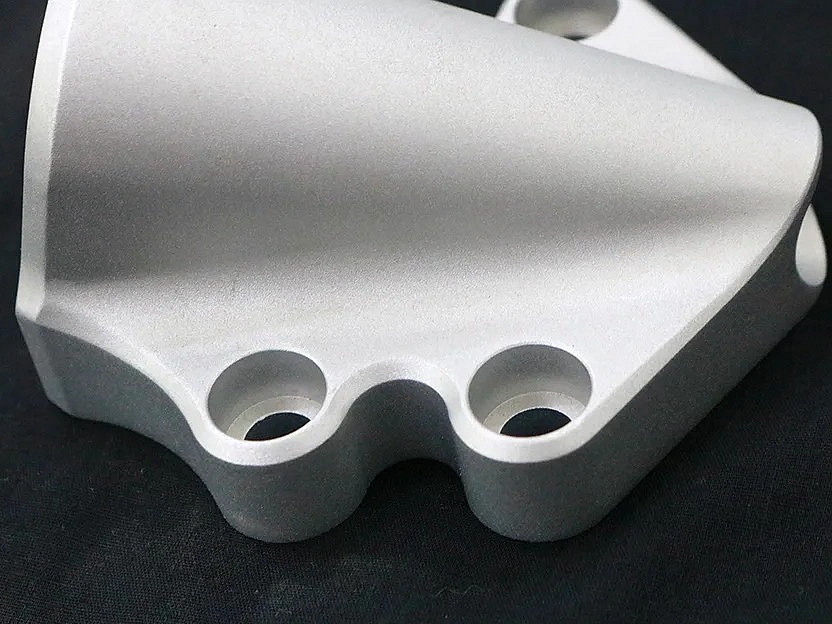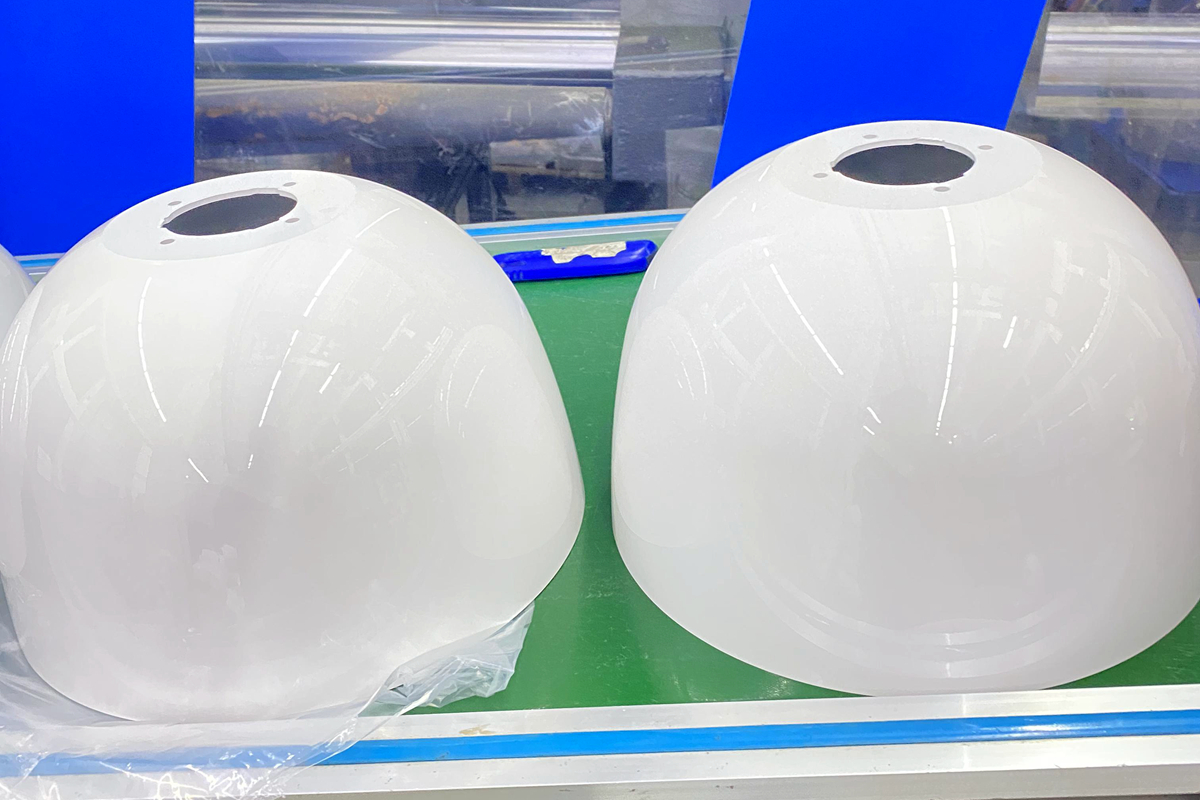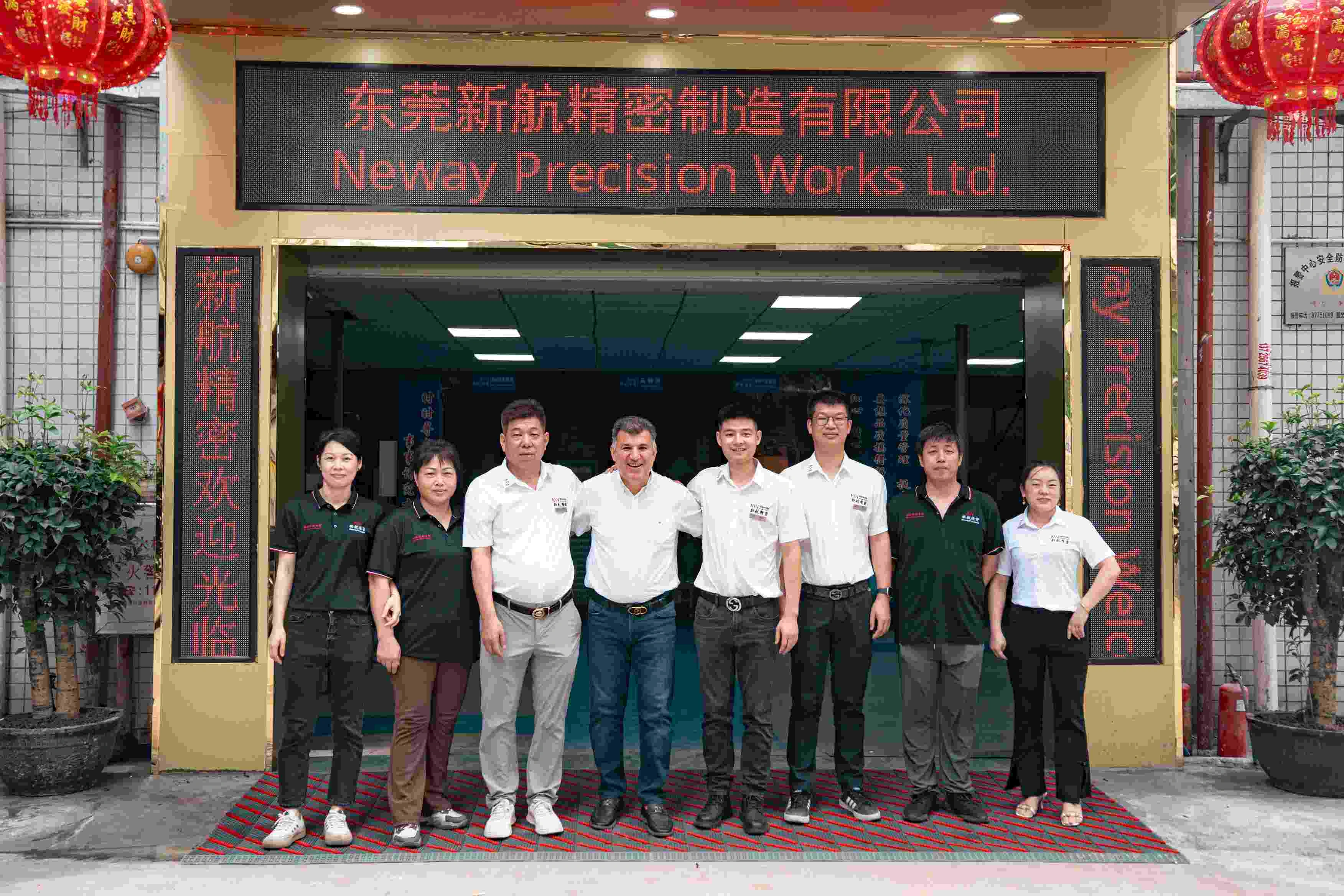Custom Online Plastic CNC Machining Service
Our Custom Online Plastic CNC Machining Service offers precision machining for plastic parts, delivering high-quality prototypes and end-use components. We provide fast turnaround, cost-effective solutions, and flexible designs tailored to your specific needs in various industries.
- Plastic CNC Rapid Prototyping Service
- Low Volume Plastic CNC Machining Service
- Plastic CNC Machining Mass Production
- One Stop Plastic Machining Service
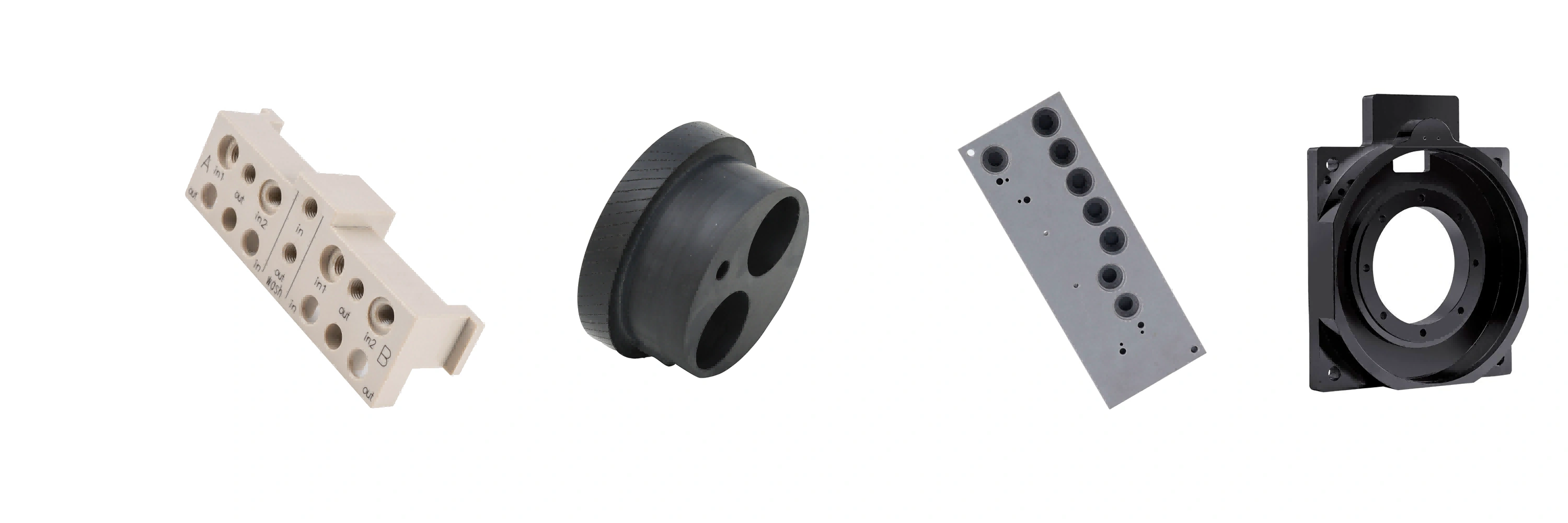
Send us your designs and specifications for a free quotation
All uploaded files are secure and confidential
Know About Plastic CNC Machining
Plastic CNC machining is a precise manufacturing process that uses computer-controlled tools to create complex plastic components. Ideal for prototypes and production parts, it offers high accuracy, customization, and versatility across industries like automotive, aerospace, and medical.
Common Plastic Used In CNC Machining
Common plastics used in CNC machining include ABS, Nylon, Acetal, PTFE, Polycarbonate, and PEEK. These materials offer diverse properties like strength, flexibility, chemical resistance, and high-temperature tolerance, making them ideal for applications in automotive, aerospace, and medical industries.
Surface Treatment for CNC Machined Plastic Parts
Surface treatment for plastic CNC machined parts enhances their appearance, durability, and performance. Common treatments include polishing, painting, coating, and texturing to improve resistance to wear, corrosion, UV degradation, and improve aesthetic appeal for specific applications such as automotive or medical devices.
Typical Plastic CNC Machined Parts
Typical plastic CNC machined parts include gears, housings, brackets, medical components, automotive fittings, and electrical insulators. These parts are precisely crafted for various industries, offering durability, lightweight properties, and resistance to wear, chemicals, and environmental factors, tailored to specific needs.
Let's Start A New Project Today
Parameter Suggestions for Plastic CNC Machining
Parameter suggestions for plastic CNC machining focus on optimizing factors such as spindle power, spindle speed, feed rate, cutting depth, and tool material. Adjusting these parameters ensures efficient machining, high-quality finishes, and precise results tailored to the specific plastic material.
Machining Suggestions for Plastic
Machining suggestions for plastic include selecting appropriate tolerances, wall thickness, and part size to ensure structural integrity and functionality. Considerations like drill size, lead time, production volume, and surface finish are crucial for optimizing efficiency, cost, and quality in plastic parts manufacturing.
Frequently Asked Questions
Explore Related Resources
Solutions
Copyright © 2025 Machining Precision Works Ltd.All Rights Reserved.
